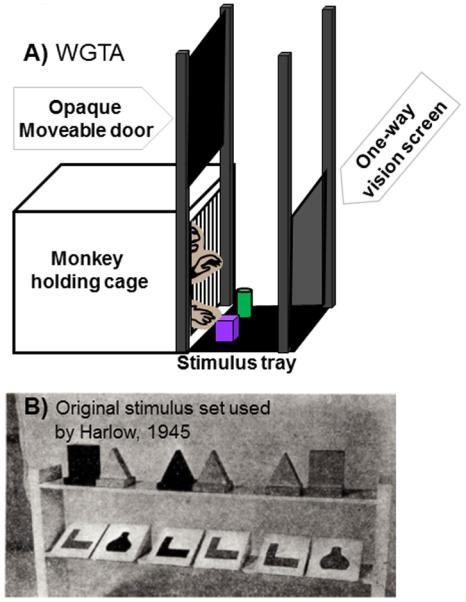Figure 1. Schematic of the original Wisconsin General Testing Apparatus (WGTA).

(A) Harry Harlow implemented the original WGTA in the 1940s, and its simple but elegant design has become a mainstay for evaluating non-human primate cognition across a broad range of modalities. The subject sits in a holding cage with bars at one end that allow the animal to interact with stimuli. A solid guillotine door can be lowered between the animal and the stimuli to impose delay periods. A second guillotine door is constructed from one-way glass and is between the experimenter and the test tray allowing the experimenter to observe the subject without being seen. (B) A picture of the some of the early 3-dimensional object test stimuli that Harry Harlow used to test visual discrimination in monkeys (reproduced from Harlow, 1945).
